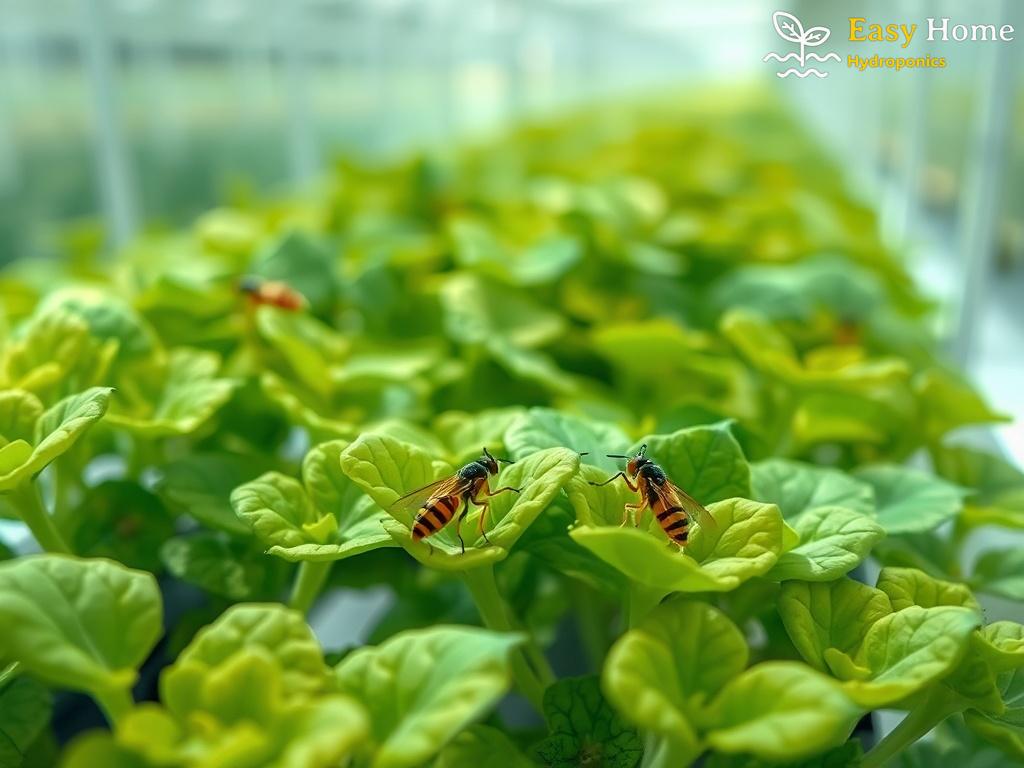Whiteflies are among the most notorious pests that hydroponic growers can encounter. These tiny, sap-sucking insects not only damage plants directly by feeding on them but also transmit various plant viruses, potentially leading to devastating crop losses. The closed environments typical of hydroponic systems can exacerbate infestations, making effective management paramount for growers aiming to maintain healthy plants and maximize yields.
Preventing a whitefly infestation is far easier than combating one after it has established itself. Hydroponic growers can implement various proactive strategies to minimize the risk of whiteflies invading their systems. These methods not only protect the plants but also contribute to a healthier growing environment.
- Regular Monitoring: Frequent inspections of plants can help detect early signs of whiteflies before they proliferate.
- Sanitation Practices: Maintaining cleanliness in the growing area, including removing any dead or decaying plant matter, can reduce whitefly habitats.
- Companion Planting: Introducing plants that repel whiteflies can create a barrier against these pests.
- Environmental Controls: Adjusting humidity and temperature can create less favorable conditions for whiteflies.
In the unfortunate event of a whitefly infestation, hydroponic growers must act quickly and decisively to mitigate damage. Various control measures can be employed, ranging from organic solutions to more conventional pest management techniques. An integrated approach often yields the best results, combining several methods to effectively manage the pest population.
Here are some of the most effective control measures:
- Insecticidal Soap: This organic option suffocates whiteflies on contact, making it a safe choice for use in hydroponic systems.
- Neem Oil: Derived from the neem tree, this natural pesticide disrupts the life cycle of whiteflies and can effectively reduce their numbers.
- Beneficial Insects: Introducing natural predators, such as ladybugs or lacewings, can help keep whitefly populations in check.
- Sticky Traps: Yellow sticky traps can catch adult whiteflies, reducing their numbers and providing a visual cue for infestation levels.




